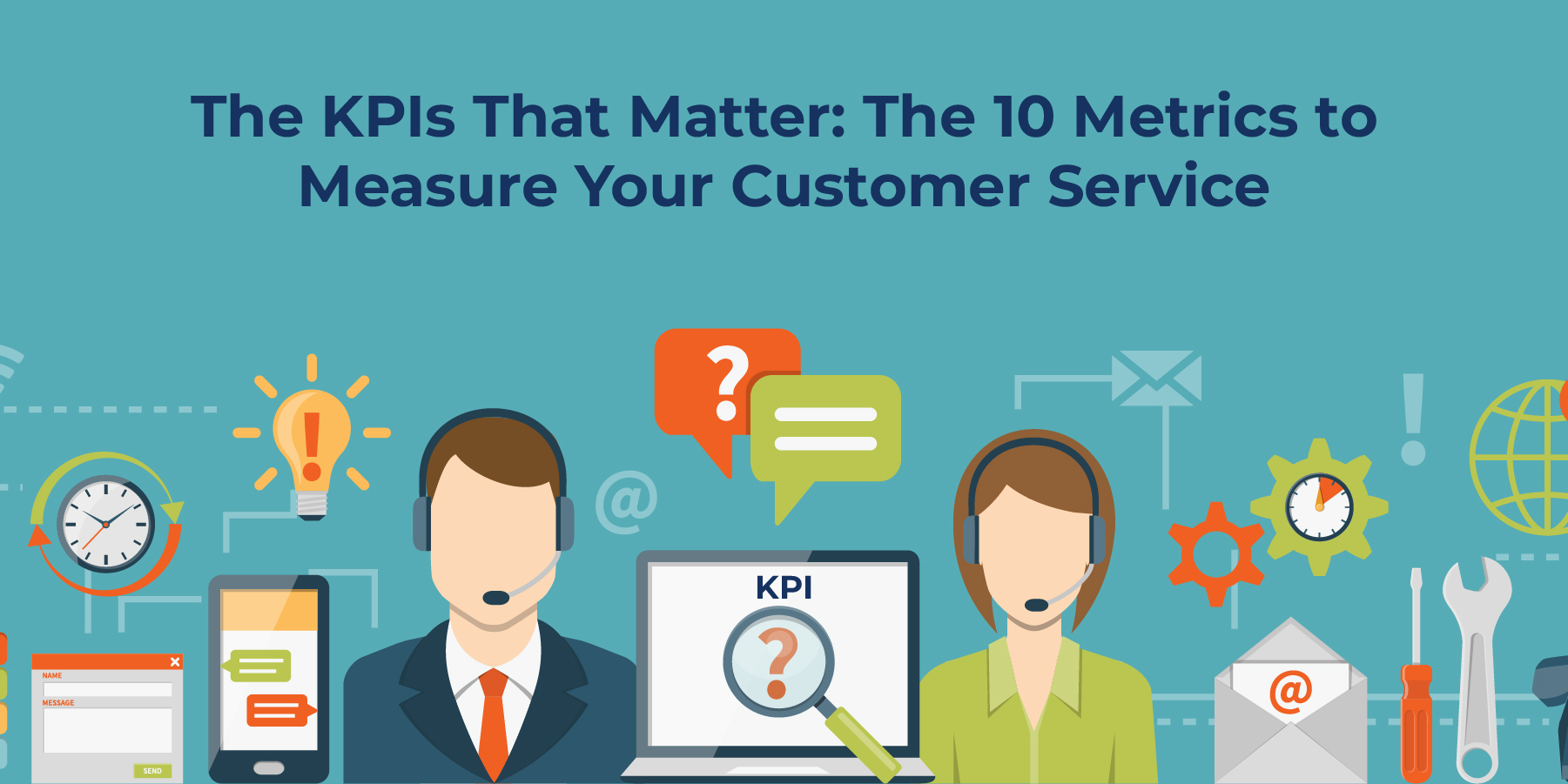Gone are the days when businesses were based merely on buying and selling products. With the dawn of the 21st century, business models have changed a great deal. The cut-throat rivalry in ever-expanding competitive markets has forced companies to establish healthy customer relations. For that reason, companies are focusing more and more on improving their Customer Service Strategies.
As a matter of fact, customer support services lie at the heart of any successful business model. However, it is also a reality that handling these services while looking after your flourishing business can become an uphill task. Under such circumstances, companies take help from some valuable practices such as Customer Support Outsourcing to make things keep working smoothly.
If you are also running a business and facing a similar situation, this blog is for you.
Table of Contents
So, What Does Customer Support Service Mean?
Why Customer Service Strategies Drive Business Growth
Building a Customer-Centric Culture Across the Organization
So, What Does Customer Support Service Mean?
As the name suggests, a customer support service aims to provide customers with assistance regarding the products and services of an organization. It works as a bridge between the company and its buyers.
According to research, 92% of people want to be treated with dignity while in day-to-day affairs. Therefore, in your bid to realize your dream of business expansion, make sure you make the perfect customer service strategies and customer support services your first priority.
Luckily, we have jotted down 11 high-yielding ideas to help you improve your customer services strategies below. Make them count!
Why Customer Service Strategies Drive Business Growth
Customer service today is not only about solving customer issues, it’s a core growth driver. Companies that invest in strategic customer support see improvements in retention, loyalty, and brand reputation. According to Bain & Company, companies that excel at customer experience grow revenues 4–8% above their market average.
This is why many organizations are adopting customer service improvement strategies as part of their long-term plans. With the right mix of customer care strategies, companies can turn service touchpoints into revenue-generating opportunities while suggesting services for business growth.
1. Customer Support Outsourcing
Suppose your customer service responsibilities are eating a sizable chunk of your time and are resultantly coming in the way of your business’s growth. In that case, it is time to outsource them. There are customer service companies that can do the job more efficiently than you in an affordable fashion.
2. Keeping Track of Outsourced Customer Service
Outsourcing your customer services does not mean you cannot track the progress. Keeping track of feedback and improvements come in handy when you want to see how the customer experience is. Make use of metrics, stay in contact with your service providers and keep visiting the goals. This practice will also enlighten you with the performance of customer services staff and help you make pertinent decisions.
3. Pick the Right Partner for Customer Care Services
Choosing the right partner for outsourcing is another aspect you cannot ignore. The right partner will save you from many worthless headaches. Also, do not hesitate to pay reasonably for quality services because cheap isn’t always the ideal.
4. Vision-Driven Customer Service
Your customer support service needs to be goal-oriented. A visionless service not only brings the business to a halt but also puts it on a track to failure. Therefore, make sure you revitalize the customer service by setting some practical goals driven by a vision.
5. Do Not Neglect Customer Feedback
Customer feedback plays a significant role in the improvement of your products and services. Hence, never shy away from seeking honest feedback and reviews from your customers. This practice will help you recognize the weak areas where work needs to be done.
6. Quick Response
Time is money, and no one wants to waste it. Therefore, one of the cornerstones of efficient customer service is responding swiftly. If your company takes ages to provide assistance to the customer, the customer is most likely to lose interest in your products and might never come back again.
7. Train the Staff
Many employers do not seem to give this aspect its due importance. But the fact is that trained staff is much more likely to bring about positive results. A trained customer services representative knows the duties and ensures that the customers are always satisfied. Invest in it.
8. Use the Right Tools
Using the right tools at the right time is a prerequisite to the success of customer services. Ensure that your helpdesk is equipped with the latest software and other digital plus physical tools. This helps save time and effort but results in enhanced productivity by efficiently meeting the customers’ needs.
9. Incentivize Agents
Everyone loves incentives, so why not put them to some good use? Key performance indicators or KPIs are a great way to boost the productivity of customer care service. These KPIs can comprise various performance factors such as speedy problem resolution, average queue time, and rejection rate. You can use them to reward the hardworking representatives.
10. Measure Success with Great Customer Service Strategies
Once you are done setting up or outsourcing your customer services, measuring the extent of success is always a good idea. You can use indicators such as weekly problems solved, calls received, calls that resulted in a smooth customer experience, etc. Your priority should be to improve the number continuously.
11. Create Communication Corridors
To ensure that your outsourced customer service company and you are on the same page, initiate communication channels. This way, you can discuss, explain and make decisions there and then. The element of red-tapism will be eliminated, which will result in better cooperation between the two.
12. Introduce Automation Into Your Customer Service Strategies
A highly effective way to help customers with simple queries and challenges is by introducing chatbots and self-service tools into your customer service strategies. Apart from reducing the workload of the call center employees, they save customers valuable time from waiting on hold. However, after analyzing the customer feedback, it’s found that when things become really complex and crucial, a human conversation becomes most effective and essential.
Using chatbots and automation is an effective digital strategy to enhance customer experience. Apart from using them selectively, you can always ensure transparent signposting for how customers can easily sign out of the automated interaction and get in touch with a human agent.
13. Implement Personalization Into Your Customer Service Strategies
If you’re outsourcing customer service with Wow Customer Support, you won’t have to worry about the success-driven results. However, it’s always best to interact and discuss new customer service improvement strategies to get even better results.
It’s crucial to spend time engaging with the customers to determine what their needs and problems really are. This insight will help your business meet customers’ needs by providing products or services that they want. This is one of the good customer service strategies that improve the overall standard.
If you want to implement personalized customer service, you’ve to look at how well your customer service reps are:
- React and respond in a manner that matches the customer’s lifestyle and personality
- Ask clear and open questions to the customers for knowing their needs
- Seems to be genuinely interested in the situation or life of the customer.
- Show sympathy and sensitivity when a customer shares their poor or challenging experience
- Greet the customers and makes them feel comfortable and welcomed
- Use the customer’s name
- Genuinely listen and react to the customer with a gist of their needs
- Smoothly picks up and continues a conversation of another colleague with the customer
- Go beyond their imagination to come up with the best solution for the customer
This personalized customer service approach is a great way to establish trust among the customers for your business. Moreover, it will be a great addition to one of your client retention strategies.
Additionally, several tools like the CRM systems help companies gather relevant client historical data. With the help of training and coaching, supported with excellent performance recognition, your business can implement this level of personalization in customer service.
14. Include Support Team Members in Your Customer Service Strategies
One of the best customer service strategies is to involve support team members of your organization with the customer service team. These support team members can be employees from HR, Finance, Procurement, and Quality who can help assist any initiative involving frontline customer teams.
Although these team members can positively impact your customer retention strategies for eCommerce, they are often undervalued and overlooked.
You have to find ways to boost the team working and enhance the understanding between the customer-facing teams and each of these support functions. Collaborate with their skills and efficiency to improve your customer service standard.
Moreover, this approach will help your business reduce any internal conflict from the past, which may have arisen due to lack of awareness or some misunderstanding.
15. Frequently Check and Review Individual and Team Performance
To boost the results from your customer service strategies, implement performance reviews on a regular basis. Forget to do this operation only during the annual appraisal; instead, do it frequently. Moreover, explore an ideal format and time frame for you and your customer support teams. For instance, weekly ‘check-ins,’ daily briefings, monthly, quarterly, and half-yearly formal reviews.
You should conduct a review on how customer service team members have continued towards the preset team objective. Also, check how well they diligently support each other at work. You can either achieve it through ’round table’ discussion or through normal one-to-one reviews.
Moreover, look out for regular times when you can review the well-being of your customer service reps. You can start giving out feedback on what they’ve done best and what they need to work on. For instance, give them feedback on strengths and areas of development. This is one of the most effective strategies to improve customer service, as your business will healthily and positively encourage employees to do better. The urge to do better in performance reviews will increase their efficiency at work and ultimately help your business with optimal client satisfaction. Implementing these practices alongside other improve customer service ideas ensures continuous progress and a stronger service culture.
Building a Customer-Centric Culture Across the Organization
The most effective customer service enhancement ideas go beyond the support team, they become part of the company culture. When HR, product, sales, and marketing all align around the customer, service quality improves dramatically.
According to PwC, 86% of buyers are willing to pay more for a great customer experience. This makes it critical to instill better customer service ideas across every department. Embedding such values and applying consistent strategies to improve customer service ensures a customer-first culture where all teams contribute to satisfaction, loyalty, and long-term growth.
Verdict
You must have an idea by now about the massive role that a resourceful Customer Support Service can play for your business, and Wow Customer Support offers you just that. Our customer support professionals are ready to take your business sky-high. All you need to do is contact our representative to discuss your Customer Service Strategies for outsourcing, and you are all set. The sooner you make the decision, the better.
Suggested Reads:












